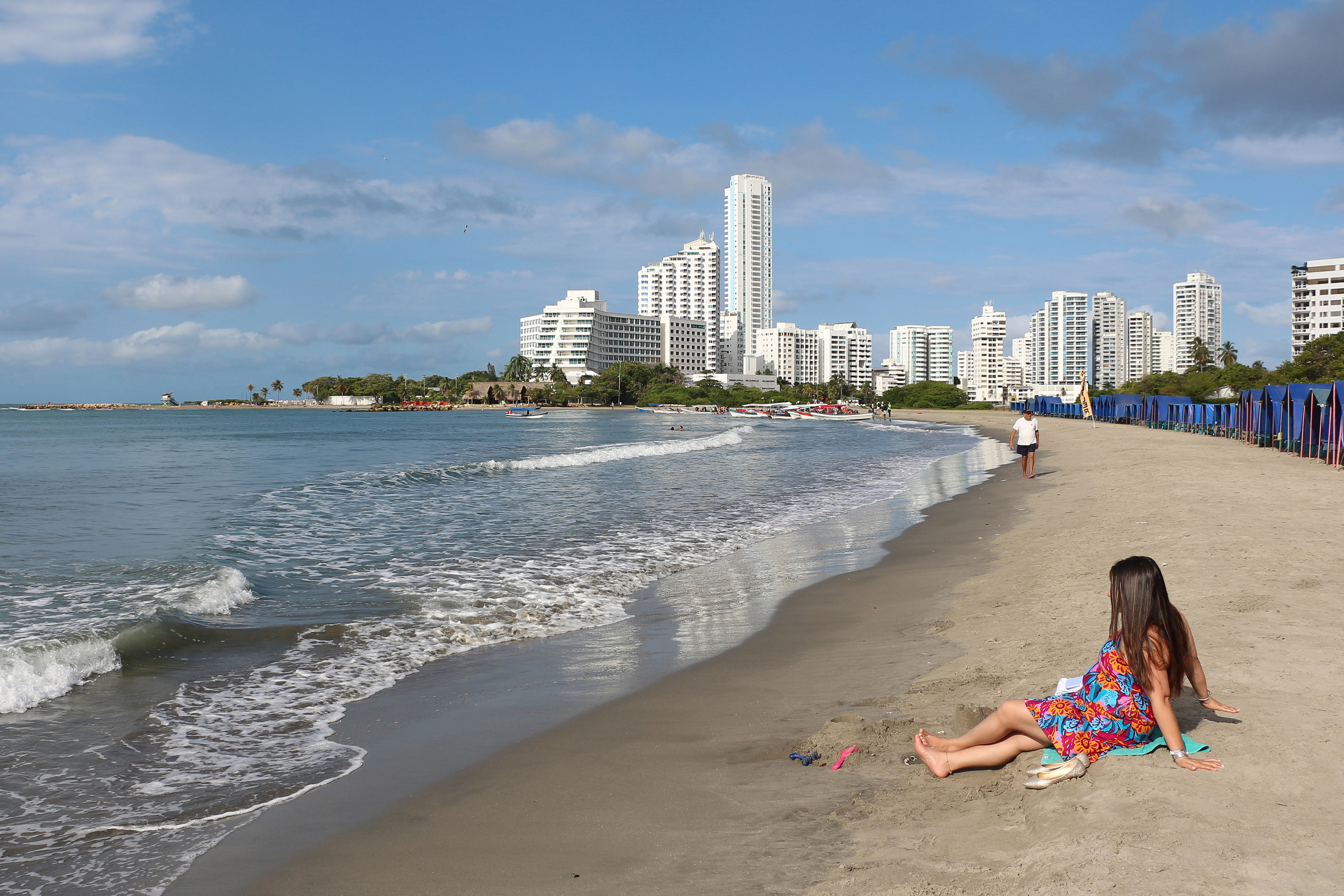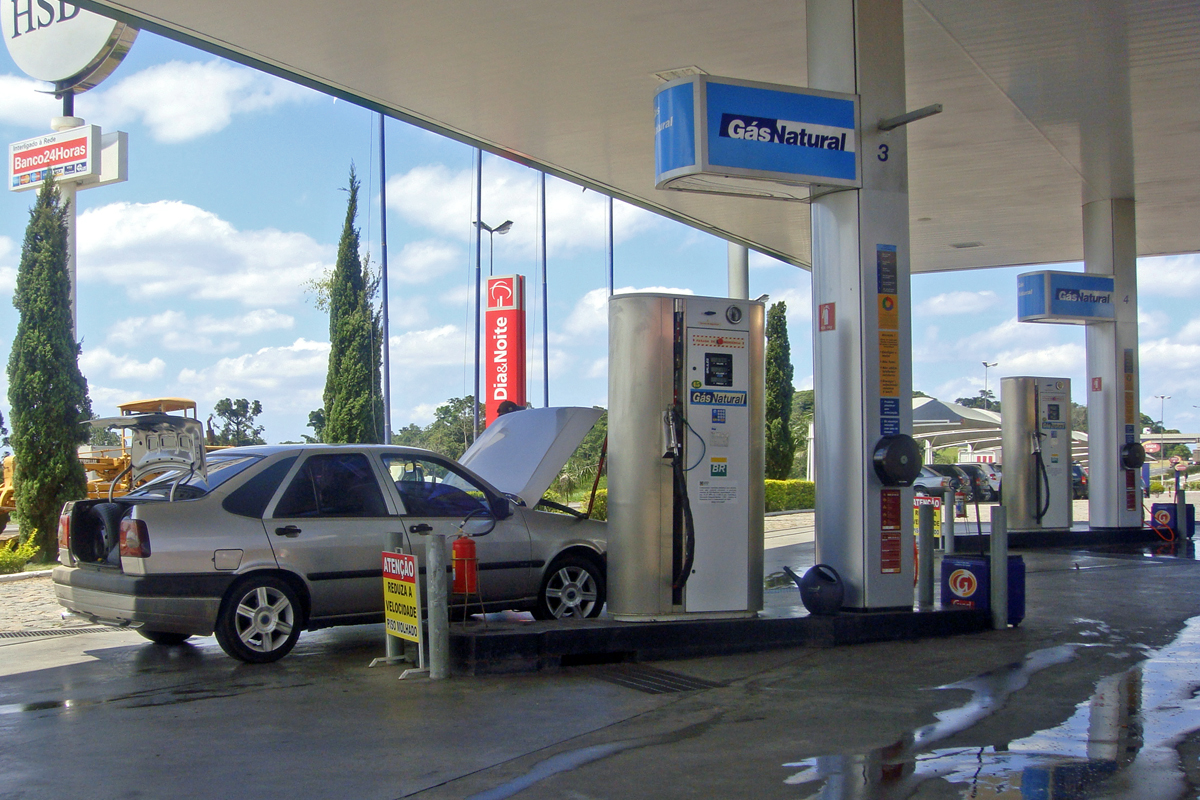|
Transcaribe
Transcaribe is a bus rapid transit (BRT) system which operates in the city of Cartagena, Colombia, and was inaugurated in March 2016. It consists of 16 stations, and centers around a dedicated bus lane along Avenida Pedro de Heredia from the El Portal terminal to the city's old town. For the first two months after it opened, (November and December 2015), the system was free to encourage ridership. Transcaribe's 150-passenger articulated buses are powered by compressed natural gas. Unlike Colombia's older BRT systems in Bogotá (TransMilenio, Transmileno) and Pereira, Colombia, Pereira, Transcaribe was designed to offer hybrid service (''pretroncal'') on bus lanes and city streets; this eliminated the need to change buses on routes to Pereira, Colombia, Crespo, Bocagrande, and Cartagena's southeastern suburbs. References Public transport in Colombia {{Colombia-transport-stub ... [...More Info...] [...Related Items...] OR: [Wikipedia] [Google] [Baidu] |
Cartagena, Colombia
Cartagena ( , also ), known since the colonial era as Cartagena de Indias (), is a city and one of the major ports on the northern coast of Colombia in the Caribbean Coast Region, bordering the Caribbean sea. Cartagena's past role as a link in the route to West Indies provides it with important historical value for world exploration and preservation of heritage from the great commercial maritime routes. As a former Spanish colony, it was a key port for the export of Bolivian silver to Spain and for the import of enslaved Africans under the asiento system. It was defensible against pirate attacks in the Caribbean. The city's strategic location between the Magdalena and Sinú Rivers also gave it easy access to the interior of New Granada and made it a main port for trade between Spain and its overseas empire, establishing its importance by the early 1540s. Modern Cartagena is the capital of the Bolívar Department, and had a population of 1,028,736, according to the 2018 ce ... [...More Info...] [...Related Items...] OR: [Wikipedia] [Google] [Baidu] |
Bocagrande
Bocagrande is a neighbourhood in the city of Cartagena de Indias in Bolívar, Colombia. It was designed with first-world standards, such as residential areas of restricted access, and a separate plant for processing waste water. Economy and culture Bocagrande is known in Cartagena for having the most important hotels of the city. It is one of the most expensive neighborhoods in the country, and is the most expensive and exclusive in the entire zone. Is a wealthy neighborhood of the city, between the Avenida Santander and the Carrera 6. Points of interest The neighborhood is near the Ciudad Amurallada, the most popular tourist attraction in the city, which has an old town, Hard Rock Cafe, and a lot of museums and theaters. The neighborhood includes popular hotels, supermarkets, and cafes. Geography The Bocagrande neighborhood is divided into zones, most of which are expensive and exclusive: * Plaza Bocagrande: the first zone of the neighborhood. It connects the city cent ... [...More Info...] [...Related Items...] OR: [Wikipedia] [Google] [Baidu] |
Bus Rapid Transit
Bus rapid transit (BRT), also called a busway or transitway, is a bus-based public transport system designed to have much more capacity, reliability and other quality features than a conventional bus system. Typically, a BRT system includes roadways that are dedicated to buses, and gives priority to buses at intersections where buses may interact with other traffic; alongside design features to reduce delays caused by passengers boarding or leaving buses, or paying fares. BRT aims to combine the capacity and speed of a light rail or metro system (LRT, HRT) with the flexibility, lower cost and simplicity of a bus system. The world's first BRT system was the Busway in Runcorn New Town, England, which entered service in 1971. , a total of 166 cities in six continents have implemented BRT systems, accounting for of BRT lanes and about 32.2 million passengers every day. The majority of these are in Latin America, where about 19.6 million passengers ride daily, and w ... [...More Info...] [...Related Items...] OR: [Wikipedia] [Google] [Baidu] |
Institute For Transportation And Development Policy
The Institute for Transportation and Development Policy (ITDP) is a non-governmental non-profit organization that focuses on developing bus rapid transit (BRT) systems, promoting biking, walking, and non-motorized transport, and improving private bus operators margins. Other programs include parking reform, traffic demand management, and global climate and transport policy. According to its mission statement, ITDP is committed to "promoting sustainable and equitable transportation worldwide." In addition to its role supporting and consulting local governmental efforts to develop more sustainable transportation, ITDP publishes the magazine ''Sustainable Transport'' annually, produces the BRT Standard and other research, and sits on the committee for the annual Sustainable Transport Award. Overview ITDP was founded in 1985 by Michael Replogle and other sustainable transport advocates in the United States to counteract the spread of costly and environmentally damaging car-ce ... [...More Info...] [...Related Items...] OR: [Wikipedia] [Google] [Baidu] |
Bus Lane
A bus lane or bus-only lane is a lane restricted to buses, often on certain days and times, and generally used to speed up public transport that would be otherwise held up by traffic congestion. The related term busway describes a roadway completely dedicated for use by buses. Bus lanes are a key component of a high-quality bus rapid transit (BRT) network, improving bus travel speeds and reliability by reducing delay caused by other traffic. A dedicated bus lane may occupy only part of a roadway which also has lanes serving general automotive traffic; in contrast to a transit mall which is a pedestrianized roadway also served by transit. History The first bus lane is often erroneously attributed to Chicago, where in 1939 Sheridan Road was installed with reversible lanes north of Foster Avenue. The setup consisted of three-lanes towards the peak direction (south in the morning; north in the evening), and one contraflow lane. None of the lanes exclusively carried buses, b ... [...More Info...] [...Related Items...] OR: [Wikipedia] [Google] [Baidu] |
Articulated Bus
An articulated bus, also referred to as a banana bus, bendy bus, tandem bus, vestibule bus, wiggle wagon, stretch bus, or an accordion bus, (either a motor bus or trolleybus) is an articulated vehicle used in public transportation. It is usually a single-decker, and comprises two or more rigid sections linked by a pivoting joint (articulation) enclosed by protective bellows inside and outside and a cover plate on the floor. This allows a longer legal length than rigid-bodied buses, and hence a higher passenger capacity (94–120), while still allowing the bus to maneuver adequately. Due to their high passenger capacity, articulated buses are often used as part of bus rapid transit schemes, and can include mechanical guidance. Articulated buses are typically long, in contrast to standard rigid buses at long. The common arrangement of an articulated bus is to have a forward section with two axles leading a rear section with a single axle, with the driving axle mounted on e ... [...More Info...] [...Related Items...] OR: [Wikipedia] [Google] [Baidu] |
Compressed Natural Gas
Compressed natural gas (CNG) is a fuel gas mainly composed of methane (CH4), compressed to less than 1% of the volume it occupies at standard atmospheric pressure. It is stored and distributed in hard containers at a pressure of , usually in cylindrical or spherical shapes. CNG is used in traditional petrol/internal combustion engine vehicles that have been modified, or in vehicles specifically manufactured for CNG use: either alone (dedicated), with a segregated liquid fuel system to extend range (dual fuel), or in conjunction with another fuel ( bi-fuel). It can be used in place of petrol (gasoline), diesel fuel, and liquefied petroleum gas (LPG). CNG combustion produces fewer undesirable gases than the aforementioned fuels. In comparison to other fuels, natural gas poses less of a threat in the event of a spill, because it is lighter than air and disperses quickly when released. Biomethane – refined biogas from anaerobic digestion or landfills – can be used. In ... [...More Info...] [...Related Items...] OR: [Wikipedia] [Google] [Baidu] |
Bogotá
Bogotá (, also , , ), officially Bogotá, Distrito Capital, abbreviated Bogotá, D.C., and formerly known as Santa Fe de Bogotá (; ) during the Spanish period and between 1991 and 2000, is the capital city of Colombia, and one of the largest cities in the world. The city is administered as the Capital District, as well as the capital of, though not part of, the surrounding department of Cundinamarca. Bogotá is a territorial entity of the first order, with the same administrative status as the departments of Colombia. It is the political, economic, administrative, and industrial center of the country. Bogotá was founded as the capital of the New Kingdom of Granada on 6 August 1538 by Spanish conquistador Gonzalo Jiménez de Quesada after a harsh expedition into the Andes conquering the Muisca, the indigenous inhabitants of the Altiplano. Santafé (its name after 1540) became the seat of the government of the Spanish Royal Audiencia of the New Kingdom of Granada (cre ... [...More Info...] [...Related Items...] OR: [Wikipedia] [Google] [Baidu] |
TransMilenio
TransMilenio is a bus rapid transit (BRT) system that serves Bogotá, the capital of Colombia, and Soacha. The system opened to the public in December 2000, covering Avenida Caracas, Caracas Avenue and 80 street. Other lines were added gradually over the next several years, and as of 2022, 12 lines totalling run throughout the city. It is part of the city's Integrated Public Transport System (Bogotá), Integrated Public Transport System (''Sistema Integrado de Transporte Público'' [SITP] in Spanish), along with the urban, complementary and special bus services operating on neighbourhoods and main streets. It was inspired by Curitiba's ''Rede Integrada de Transporte'' (Integrated Transportation Network). TransMilenio consists of several interconnected BRT lines, with raised floor stations in the center of a main avenue, or "''troncal''". Passengers typically reach the stations via a bridge over the street. Usually four lanes down the center of the street are dedicated to bus ... [...More Info...] [...Related Items...] OR: [Wikipedia] [Google] [Baidu] |
Pereira, Colombia
Pereira () is the capital city of the Colombian department of Risaralda. It is located in the foothills of the Andes in a coffee-producing area of Colombia officially known as the " Coffee Axis". Pereira, alongside the rest of the Coffee Axis, form part of UNESCO World Heritage Site known as the "Coffee Cultural Landscape of Colombia"."Colombia green guide Michelin 2012-2013." Michelin. 2012. Accessed at Google Books 29 December 2013. It is the most populated city in the Coffee Axis. Pereira is also part of the Central West Metropolitan Area, which has 709,322 residents and is composed of Pereira and the neighboring cities of Dosquebradas and |






